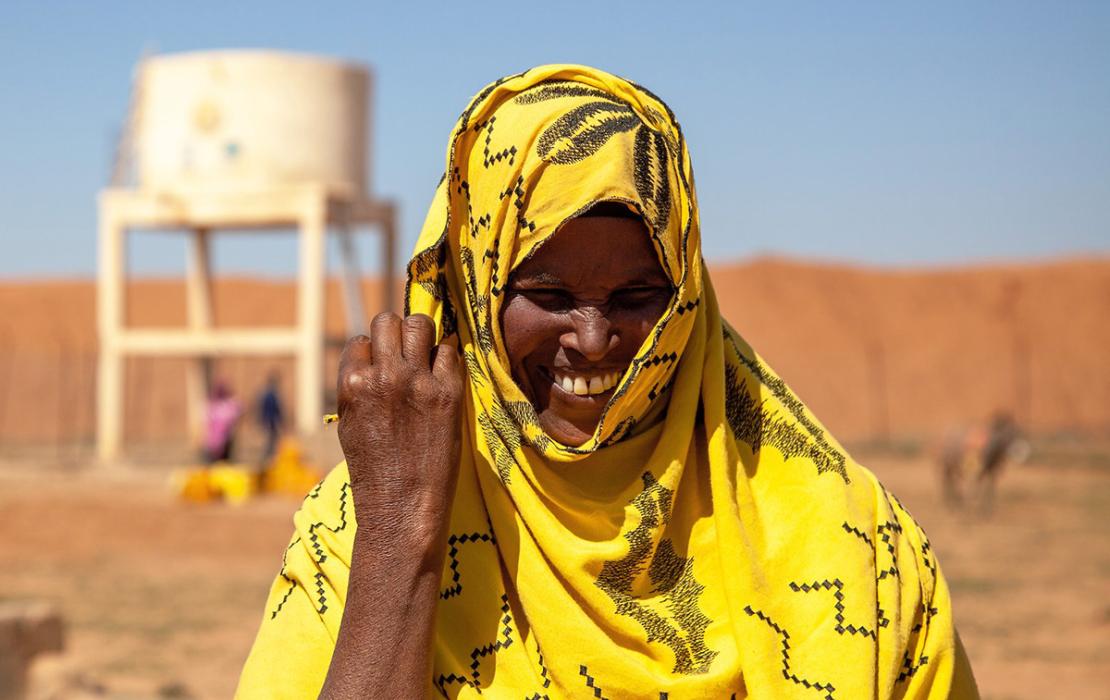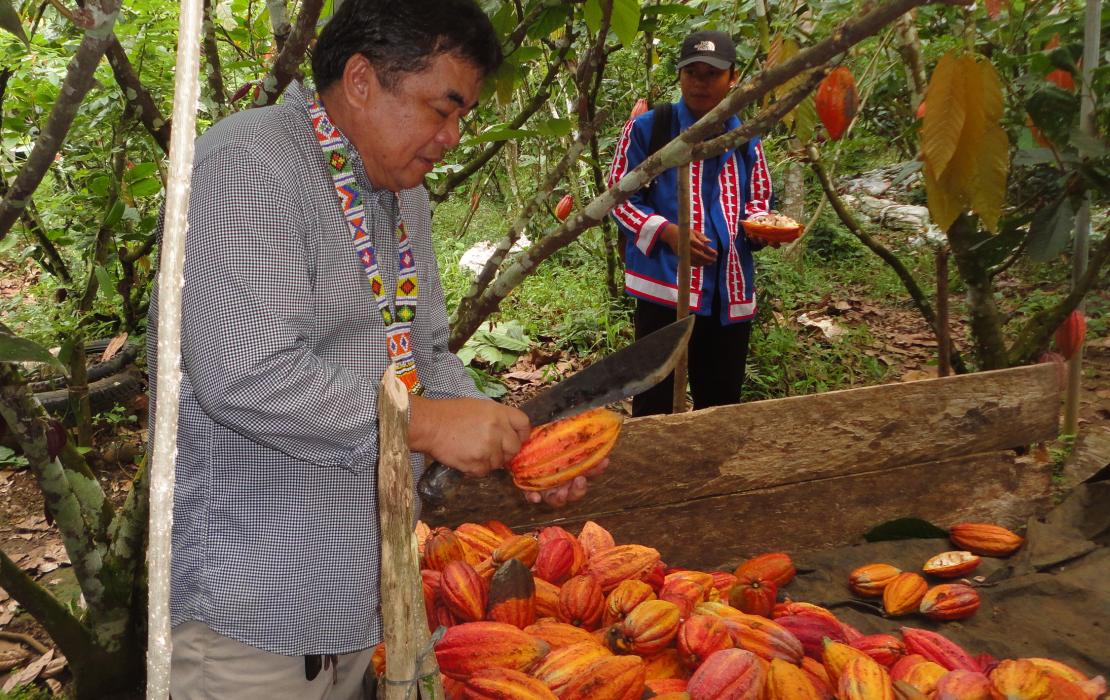0.48%
Share of global GHG emissions
Extracted from the CAIT Climate Data Explorer (2020), developed and maintained by the World Resources Institute. #121
Climate Vulnerability Index ranking
A higher number means a higher vulnerability to climate change. Based on the ND-GAIN Index (2021), developed by the University of Notre Dame. #116
Human Development Index ranking
A lower number means a better human development score. Based on the Human Development Index (2021), developed by UNDP. NDC Status
Philippines submitted its first NDC in April 2021.
Key highlights from the NDC
- The Philippines commits to a projected greenhouse gas (GHG) emissions reduction and avoidance of 75%, of which 2.71% is unconditional, for the period 2020 to 2030 for the sectors of agriculture, wastes, industry, transport, and energy. This commitment is referenced against a projected business-as-usual cumulative economy-wide emission of 3,340.3 MtCO2e for the same period.
- The forestry sector has not been included as an emitting sector because the Philippines has claimed to be a “net sink”. This is an improvement compared to the previous Intended NDC conditional target of 70% GHG emissions reduction by 2030, coming mainly from the energy, transport, waste, forestry, and industry sectors.
- On adaptation, the country is looking at measures across, but not limited to, the sectors of agriculture, forestry, coastal and marine ecosystems, biodiversity, health, and human security, to pre-empt, reduce and address residual loss and damage.
- The NDC also cited that the country will undertake equitable adaptation strategies with mitigation co-benefits and ensure their contribution to the national pandemic recovery.
Adaptation and resilience areas in the NDC
- Biodiversity and ecosystem
- Energy
- Health
- Food
- Forestry
- Water
Latest Publications
See allA progress report on the Japan-funded project being implemented in 23 countries and territories under the Climate Promise initiative.




